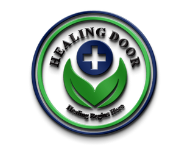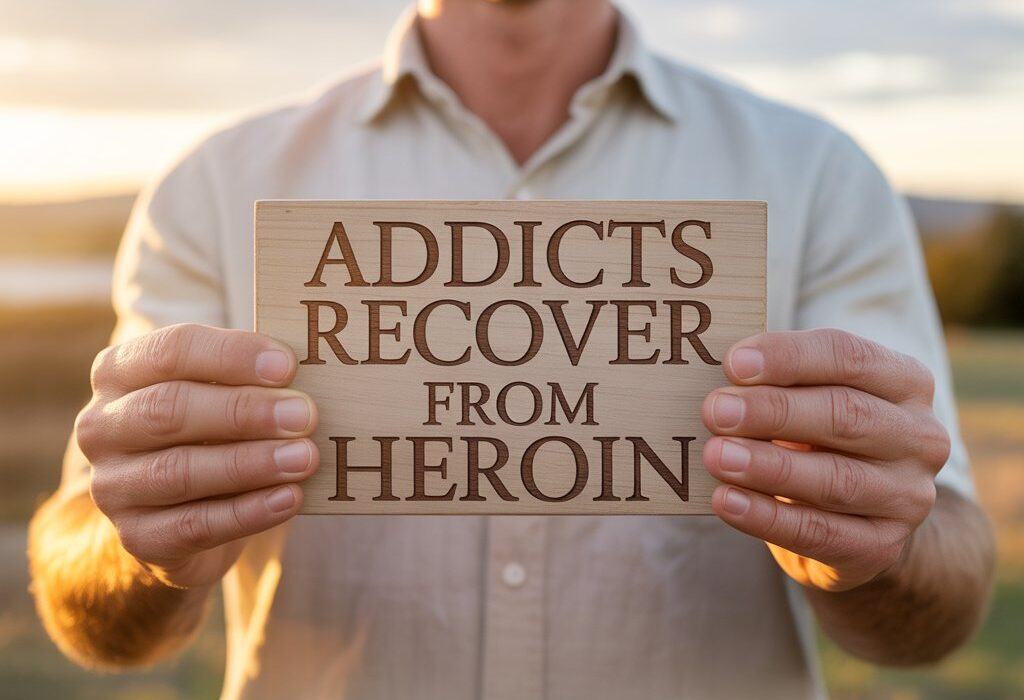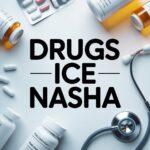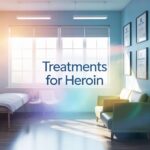How Addicts Recover From Heroin and Reclaim Their Lives
The image of heroin addiction is often one of despair, a dark path with no return. This perception, however, ignores a powerful and profound truth: addicts recover from heroin. Recovery is not a mythical state; it is a challenging, deeply personal, and entirely achievable journey. It is a process of rebuilding a life from the ground up, rediscovering a sense of self beyond the substance, and learning to navigate the world with new tools and resilience. While the road is undeniably tough, understanding the stages and supports involved can illuminate the path from active addiction to sustained wellness.
The First Brave Step: Acknowledgment and Detox
The journey of a thousand miles begins with a single step, and in recovery, that step is acknowledgment. An individual must first recognize that their use of heroin has become unmanageable and that life cannot continue on its current path. This moment of clarity is often born from a crisis—a loss of relationships, health, or freedom—but it is the crucial spark that ignites the desire for change.
Following this decision, the first physical hurdle is detoxification. This is the process where the body rids itself of the drug and its toxins. Importantly, this stage should never be attempted alone. Medically supervised detox is vital because heroin withdrawal can be intensely uncomfortable and, at times, medically risky. Symptoms often include severe muscle aches, insomnia, diarrhea, and intense cravings. Under professional care, individuals can receive medications to alleviate these symptoms, making the process safer and more humane. Consequently, successfully navigating detox provides a initial surge of confidence, proving to the person that they can survive without the drug, which is a foundational victory.
Building a New Foundation: Treatment and Therapy
Detox alone is not recovery. It simply clears the physical slate, allowing the real work of healing to begin. Lasting recovery requires addressing the underlying reasons behind the addiction, which is the primary goal of structured treatment and therapy.
Inpatient Rehabilitation Programs
Often, the most effective starting point is an inpatient rehab program. These facilities provide a safe, structured, and substance-free environment. Here, individuals are removed from the triggers and pressures of their daily lives, allowing them to focus entirely on their recovery. A typical day in rehab involves a structured schedule of individual therapy, group sessions, and educational workshops. This immersive approach helps to break the cycle of addiction and instill new, healthy habits.
The Power of Therapy and Counseling
Therapy is the engine of recovery. Through various modalities, individuals uncover the root causes of their substance use. Cognitive-behavioral therapy (CBT), for instance, is highly effective. It teaches people to identify, challenge, and change the destructive thought patterns that lead to drug-seeking behavior. Furthermore, trauma-informed therapy addresses past experiences that may have contributed to the addiction. Group therapy, on the other hand, provides peer support and reduces the profound sense of isolation that many feel. Sharing stories and struggles with others who truly understand creates a powerful bond and a network of accountability.
The Backbone of Long-Term Recovery: Ongoing Support Systems
Leaving a treatment center is a major milestone, but it is not the finish line. The transition back to everyday life is filled with potential triggers and challenges. This is where ongoing support systems become the backbone of sustained recovery, providing the tools and community needed to navigate life without relapse.
12-Step Fellowships and Support Groups
Programs like Narcotics Anonymous (NA) have helped millions of people worldwide maintain their sobriety. These fellowships operate on a set of spiritual principles and a structured step-work program. They offer a ready-made community of peers who meet regularly to share experience, strength, and hope. The consistent attendance of meetings provides a routine and a constant reminder of the importance of recovery. Additionally, having a sponsor—someone with more time in recovery—offers immediate, personal guidance during difficult moments.
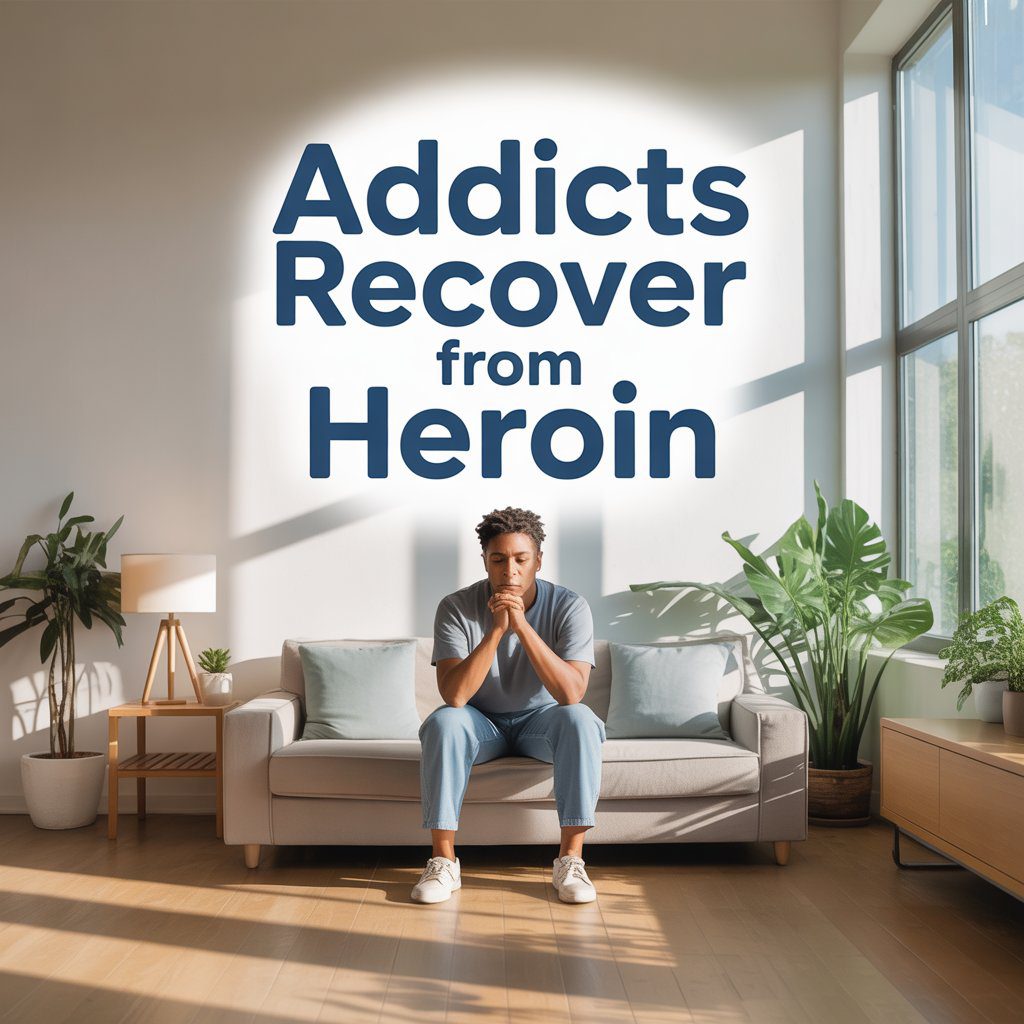
Medication-Assisted Treatment (MAT)
For many, Medication-Assisted Treatment is a life-saving component of recovery. MAT uses FDA-approved medications like Methadone, Buprenorphine, or Naltrexone to normalize brain chemistry, block the euphoric effects of heroin, and relieve physiological cravings. When combined with counseling, MAT provides a holistic approach. It stabilizes the body, allowing the individual to fully engage in the psychological work of therapy. Despite outdated stigmas, MAT is a scientifically proven method that significantly reduces the risk of relapse and overdose death.
Rebuilding a Life: The Importance of Purpose and Routine
Recovery is about much more than just abstaining from a drug; it is about building a life that is fulfilling enough that returning to addiction is no longer appealing. This involves rediscovering old passions or cultivating new ones. Returning to work or school provides structure and a sense of contribution. Adopting a healthy lifestyle through nutrition and exercise repairs the physical damage of addiction and boosts mental well-being through natural endorphins.
Moreover, mending broken relationships with family and friends is a critical part of the process. This requires time, consistent sober behavior, and honest communication. As trust is slowly rebuilt, these restored connections become a source of strength and joy. Ultimately, the journey of how addicts recover from heroin is about transformation. It is a passage from a life defined by a substance to a life defined by purpose, connection, and self-respect. Every day in recovery is a testament to human resilience and the possibility of a beautiful, drug-free future.
Frequently Asked Questions (FAQs)
1. Is it possible to fully recover from heroin addiction?
Yes, full recovery is absolutely possible. Recovery is a journey of managing the condition and building a new, fulfilling life without the drug. While it requires ongoing effort and support, many people achieve long-term sobriety and reclaim their health, relationships, and sense of purpose.
2. What is the most important first step in recovery?
The most critical first step is acknowledging the problem and deciding to seek help. This is often followed by a medically supervised detox, which is essential for safely managing withdrawal symptoms and providing a stable physical foundation for the therapeutic work to come.
3. Is medication-assisted treatment (MAT) just replacing one drug with another?
No, this is a common misconception. MAT is an evidence-based medical treatment. Under professional supervision, medications like Buprenorphine or Methadone are used to stabilize brain chemistry, reduce cravings, and prevent withdrawal. This allows the individual to focus on therapy and rebuilding their life, free from the chaotic cycle of addiction.
4. How long does the recovery process take?
Recovery is a lifelong process, but the most intensive phase of treatment, such as inpatient rehab, typically lasts from 30 to 90 days. The key to long-term success is ongoing aftercare, which includes continued therapy, support group meetings, and building a healthy routine. It’s a marathon, not a sprint.
5. What can I do to support a loved one in recovery?
The best support involves a combination of empathy and firm boundaries. Educate yourself about addiction, offer non-judgmental encouragement, and celebrate their milestones. Encourage their participation in support groups and therapy. Most importantly, take care of your own well-being, as recovery affects the entire family.
